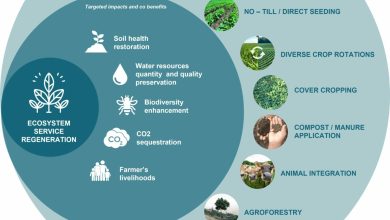Biodynamic Preparations for the Organic Garden
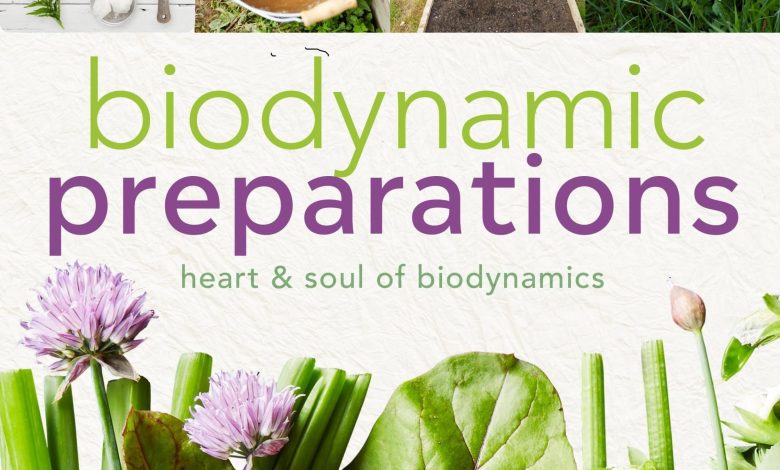
One of the ideas of Agrohuerto is to be able to have an open space in which we learn about organic farming.A few weeks ago, Lucía told us about Biodynamic Agriculture and in this article we are going to continue learning about the components of this method that Rudolf Steiner (1861-1925) started, such as biodynamic preparations.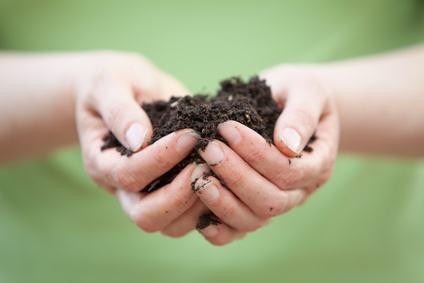
What is biodynamics?
As you already read in the article on Biodynamic Agriculture: The biodynamic method seeks the exaltation of natural vital forces, such as soil fertility or the beneficial properties of many natural products. The ultimate goal is to achieve ecologically oriented agriculture
We have to consider this idea now in the practice of our organic garden and the question may arise as to how we can fight against pests and diseases in a land or how we can obtain greater productivity in an ecological way. This question is more frequent every day since we find many agricultural lands in the process of degradation and that their recovery is still possible. The application of biodynamic preparations can speed up these improvement processes since they are enhancers of life processes.
What is a biodynamic preparation?
Two parts are used in these preparations, a vegetable part and an animal part. This is because Steiner said that the forces in plants and in the organs of animals can be united into one in order to improve the resources that nature gives us. This is because most materials need the full cycle of the year to mature. So why not combine both!
Biodynamic preparations are known by numbers. Attentive to the history of why numbers. During World War II, the biodynamic movement is censored by the Nazis and biodynamicists are persecuted. So they had to hide the name of the under code numbers. Not only are these numbers used, they are also known by the name of the elements used in their preparation.
And with all of you, the biodynamic preparations are:
- 500: dung in horn
- 501: silica in horn
- 502: Yarrow
- 503: chamomile
- 504: nettle
- 505: oak bark
- 506: dandelion
- 507: valerian
- 508: ponytail
All these preparations could be divided into two types:
- spray preparations;its effects are to stimulate the forces of soil fertility, and the forces of plant maturation and nutrition. In this group would be the 500 and the 501
- Compost preparations;are elements that improve the organic fertilizer. In this group would be the 502, 503, 504, 505, 506, 507 and 508.
Remember that Biodynamic Agriculture takes into account the rhythms of the Earth and the planets. Don’t be surprised if you look for more information and find that Venus represents fertility and is related to preparation 500 or that preparation 501 is related to Mars because he is the god of war representing the beginning of processes!
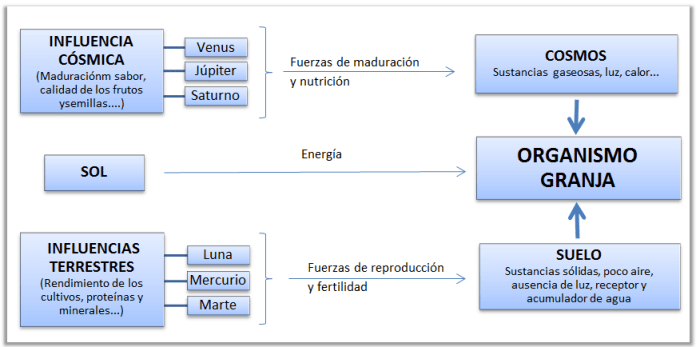
Preparation and application of preparations
spray preparations
Preparation 500 and 501 are opposite. The 500 represents the forces of winter (contraction, humidity, cold…) and the 501 represents the forces of light (expansion, dryness, heat…). They are complementary
500: dung in horn
It is prepared with cow horns that are filled with cow dung, but without straw, so that there are no holes. They are buried in autumn and until spring. The horns can be used again and the content is stored in a dry place. With this preparation, we give a contribution of calcium to our garden, being able to resist diseases and pests much better.

501: silica in horn
It is prepared in the spring by grinding quartz very finely and is introduced into the horn by mixing it with water. It is allowed to drain until summer and is removed in autumn. These horns cannot be reused and the contents are removed and left to dry in a dry, sunny location. It gives a contribution of silica to our soil.
Both prepared, once matured underground; its contents are mixed in warm water and stirred. This process is called dynamizing (applying small amounts of the preparation in large amounts of water). Then, it is applied directly to the ground by spraying it.
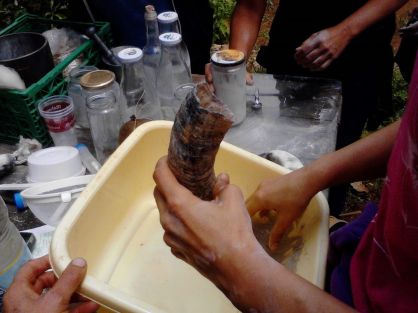
Compost preparations
These preparations are used to enhance our compost. We are not going to pulverize them like the previous ones.

502: Yarrow
Yarrow (Achillea Millefolium) collected in Spring is used and placed inside a deer bladder (:O) and hung in the Sun. In Autumn it is collected and buried until the following spring. It works as a biocatalyst.
503: chamomile
Chamomile (Matricaria Chamomilla) collected in spring-summer is used and left to dry in the shade. After they are moistened, they are inserted into the small intestine of a cow and buried between two tiles during the Autumn. This preparation helps the growth of the plant.
504: nettle
Nettle (Urticola dioica) is minced and we put it in a wooden box or sack. We buried it and covered it with peat. We got it back a year later. Helps to fix Nitrogen and has Iron
505: oak bark
The bark of an oak is filed in Autumn and the filings are put into a skull of a domestic animal. We buried it about 50 cm at this time and we did not recover it until spring. It is used to supply Ca.
506: dandelion
Dandelion (Taraxacum officinalis) has a preparation similar to chamomile. Only in this case, we use the fabric that covers the cow’s stomach (mesentery). It is buried about 60 cm between two tiles in Autumn and removed again in Spring.
507: valerian
We cut the valerian (Valeriana officinalis) in the morning and grind it. It is left to ferment in a glass bottle. This process is carried out in winter and to apply it is diluted in water (5-10 drops per 10 liters of water). Stimulates flowering and to attract earthworms!
508: ponytail
Horsetail (Equisetum arvense) is perhaps the plant with the most silica (90%). But it is not only used for its contribution in Si, it also helps control the formation of fungi. For its preparation, the stems are boiled and left to rest for a few days.
Curious these preparations! In future articles we will continue discovering new methods.

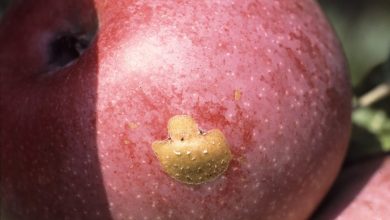
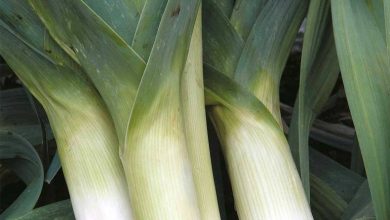
![Photo of What are Autoflowering Crops? [Characteristics and Types]](https://www.complete-gardening.com/wp-content/uploads/2022/08/what-are-autoflowering-crops-characteristics-and-types-390x220.jpg)
